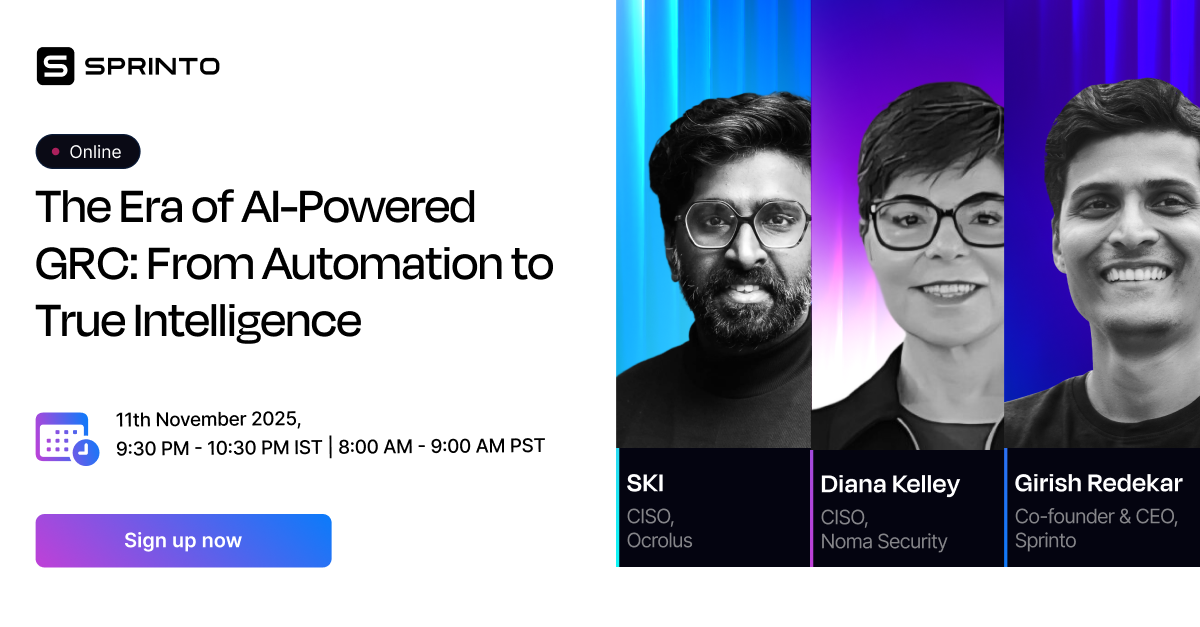Do I Need To Encrypt User Data In My Application?
Yes, if your application handles sensitive or regulated data, encryption is non-negotiable. It ensures that information like passwords, financial details, or personal identifiers remains secure, even in the event of a breach. It’s not only a best practice for protecting user privacy and trust but also a legal or compliance requirement under regulations like GDPR, HIPAA, and PCI DSS.
Encrypting data significantly reduces the risk of breaches, data misuse, and reputational damage to your business.
Why Encryption of User Data Matters?
Encryption is a critical layer of defense that transforms sensitive information into unreadable code unless accessed with the right decryption key. Even if attackers gain unauthorized access to your systems, properly encrypted data is useless without the key.
Applications today handle vast amounts of personal and financial information, making them a primary target for cybercriminals. Failing to encrypt data exposes your users and your business to significant risks.
Types of Data That Should Be Encrypted
Not all application data requires encryption, but any sensitive or personally identifiable information (PII) should be encrypted. Common examples include:
- Passwords and authentication credentials
- Financial information (credit card numbers, banking details)
- Personal identifiable information (PII) like names, email addresses, phone numbers, or social security numbers
- Health data under HIPAA regulations
- Intellectual property or trade secrets
When to Encrypt User Data?
1. Data at Rest
Encrypt data stored in databases, file systems, or backups. This ensures that stolen or lost disks, servers, or backups do not expose sensitive information.
2. Data in Transit
Use TLS/SSL to encrypt data transmitted between servers, applications, and client devices. This prevents attackers from intercepting or modifying sensitive traffic.
3. End-to-End Encryption
End-to-end encryption for applications like messaging apps ensures only the sender and recipient can read messages — even the service provider cannot access the data.
Compliance and Legal Requirements
Encryption is not just a security best practice; many regulatory frameworks also mandate it:
- GDPR – Requires appropriate technical measures (like encryption) to protect EU citizens’ personal data.
- HIPAA – Mandates encryption of electronic protected health information (ePHI).
- PCI DSS – Requires encryption of cardholder data at rest and in transit.
- SOC 2 – Evaluates encryption as part of the “confidentiality” and “security” trust service principles.
Failure to comply can result in heavy fines and legal consequences.
Best Practices for Encrypting User Data
- Use strong encryption algorithms (e.g., AES-256 for data at rest, TLS 1.3 for data in transit).
- Never store plaintext passwords—always use salted hashing (e.g., bcrypt, Argon2).
- Implement key management systems to securely generate, store, and rotate encryption keys.
- Regularly test and audit encryption implementations to ensure they are not misconfigured.
- Use application-layer encryption for especially sensitive data, not just relying on database-level security.
Encryption of User Data in Applications
| Aspect | Details |
| Why encrypt? | Protects sensitive data, reduces breach impact, builds user trust. |
| Data at rest | Encrypt databases, backups, and files using AES-256. |
| Data in transit | Use TLS/SSL (preferably TLS 1.3) to secure client-server communication. |
| Sensitive data examples | Passwords, payment details, PII, healthcare data, trade secrets. |
| Compliance impact | Required under GDPR, HIPAA, PCI DSS, SOC 2, etc. |
| Best practices | Use strong algorithms, manage keys securely, hash passwords properly. |
Sprinto helps organizations automate compliance frameworks like SOC 2, GDPR, and HIPAA, where encryption is a core requirement. With Sprinto, you can continuously monitor and enforce encryption policies, ensuring your application remains compliant and secure without manual overhead.


